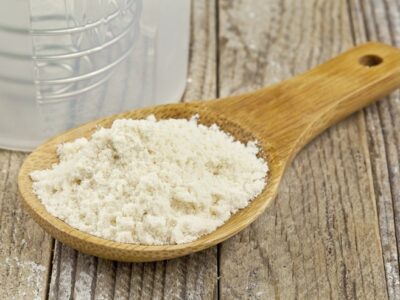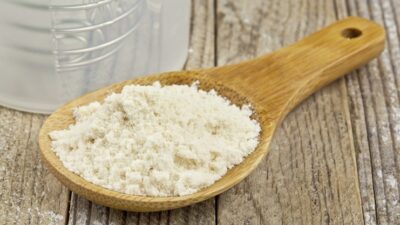
Maintaining healthy joints and bones is essential for a pain-free and active life. Your joints, the connections between bones, are crucial in allowing movement and flexibility, while your bones provide support and protection for vital organs. As you age, the wear and tear on your joints and bones can lead to various orthopedic issues, such as arthritis, osteoporosis, and injuries. Fortunately, practical and effective orthopedic tips can help preserve joint and bone health, reduce the risk of pain and injury, and enhance overall well-being.
In this guide, we will explore key strategies recommended by an orthopedic surgeon to keep your joints and bones strong and resilient, allowing you to enjoy life to the fullest while minimizing the risk of orthopedic ailments:
Regular Exercise
Regular physical activity is vital for maintaining healthy joints and bones. Engaging in exercises like walking, swimming, and cycling helps to strengthen the muscles around your joints and improves flexibility. Weight-bearing activities like strength training stimulate bone growth and enhance bone density. Aim for at least 150 minutes of moderate-intensity exercise or 75 minutes of vigorous-intensity exercise each week, along with muscle-strengthening activities on two or more days.
Maintain a Healthy Weight
Maintaining a healthy weight is crucial for joint health. Excess body weight stresses your joints, increasing wear and tear, especially in weight-bearing joints like the knees and hips. Losing weight through a balanced diet and regular exercise can significantly reduce the risk of joint pain and osteoarthritis.
Maintain Good Posture
Practicing good posture is essential for joint and bone health. Proper alignment reduces unnecessary strain on your joints and helps maintain their natural alignment. Sit, stand, or lift, be conscious of your posture, and make necessary adjustments.
Incorporate Joint-Friendly Foods
A balanced diet rich in nutrients is essential for healthy joints and bones. Foods containing calcium, vitamin D, omega-3 fatty acids, and antioxidants can support joint health and reduce inflammation. Include dairy products, leafy greens, fatty fish, nuts, and berries.
Stay Hydrated
Proper hydration is crucial for maintaining the health of your joints. Water helps lubricate your joints and reduce friction, ensuring smooth movement. Aim to drink at least 8 cups (64 ounces) of water daily, or more, if you are physically active or live in a hot climate.
Avoid Prolonged Inactivity
A sedentary lifestyle weakens muscles and bones, making them more susceptible to injuries. Incorporate movement into your daily routine, even a short walk or stretching session. Take breaks from prolonged sitting and avoid staying in one position for too long.
Lift Properly
Use proper lifting techniques to protect your back and joints when lifting heavy objects. Bend your knees, keep the load close to your body, and avoid twisting while lifting. If a thing is too heavy, ask for assistance instead of risking injury.
Quit Smoking
Smoking negatively impacts bone health by reducing blood flow to bones and hindering calcium absorption. Quitting smoking can improve bone health and decrease the risk of fractures and bone-related issues.
Schedule Regular Checkups
Regularly visit your healthcare provider for checkups and discuss joint or bone concerns. Early detection of potential issues can lead to timely interventions and better outcomes.
By incorporating these strategies into your lifestyle, you can take proactive steps to maintain healthy joints and bones, reduce the risk of orthopedic ailments, and enjoy life to the fullest without the burden of joint pain and discomfort.











